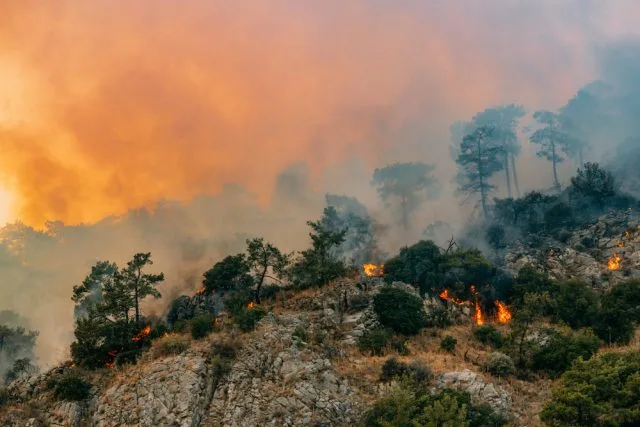A new report in a scientific journal has highlighted the continuing impact of climate change on wine growing regions and how warmth will impact traditional vineyard areas by the end of the century. According to the French scientists, led by Cornelis van Leeuwen and the University of Bordeaux, 90% of traditional wine regions in coastal and lowland regions of Spain, Italy, Greece and southern California “could be at risk of disappearing by the end of the century because of excessive drought and more frequent heatwaves with climate change”. The study, in Nature Reviews Earth and Environment, reported that “the geography of wine production is changing”, and it considered the consequences of changing temperature, precipitation, humidity, radiation and CO2 on global wine production and explore adaptation strategies. It highlighted how current wine growing regions were mid-latitude due to the warmth for ripening but without excessive heat, and were relatively dry to avoid strong disease pressure. But it said that warmer temperatures in more northernly regions, such as Washington State, the southern United Kingdom, and Tasmania, are “driving the emergence of new wine regions”. Suitability The scientists said that it was possible for current wine producers to mitigate against the worst impacts of warming, by changing plant material, including varieties and rootstocks, training systems and general vineyard management. But even taking on such strategies, the adaptations “might not be enough” to maintain economically viable wine production. It called on more research to be done to assess the economic impact of such
This Article was originally published on The Drink Business - Fine Wine






